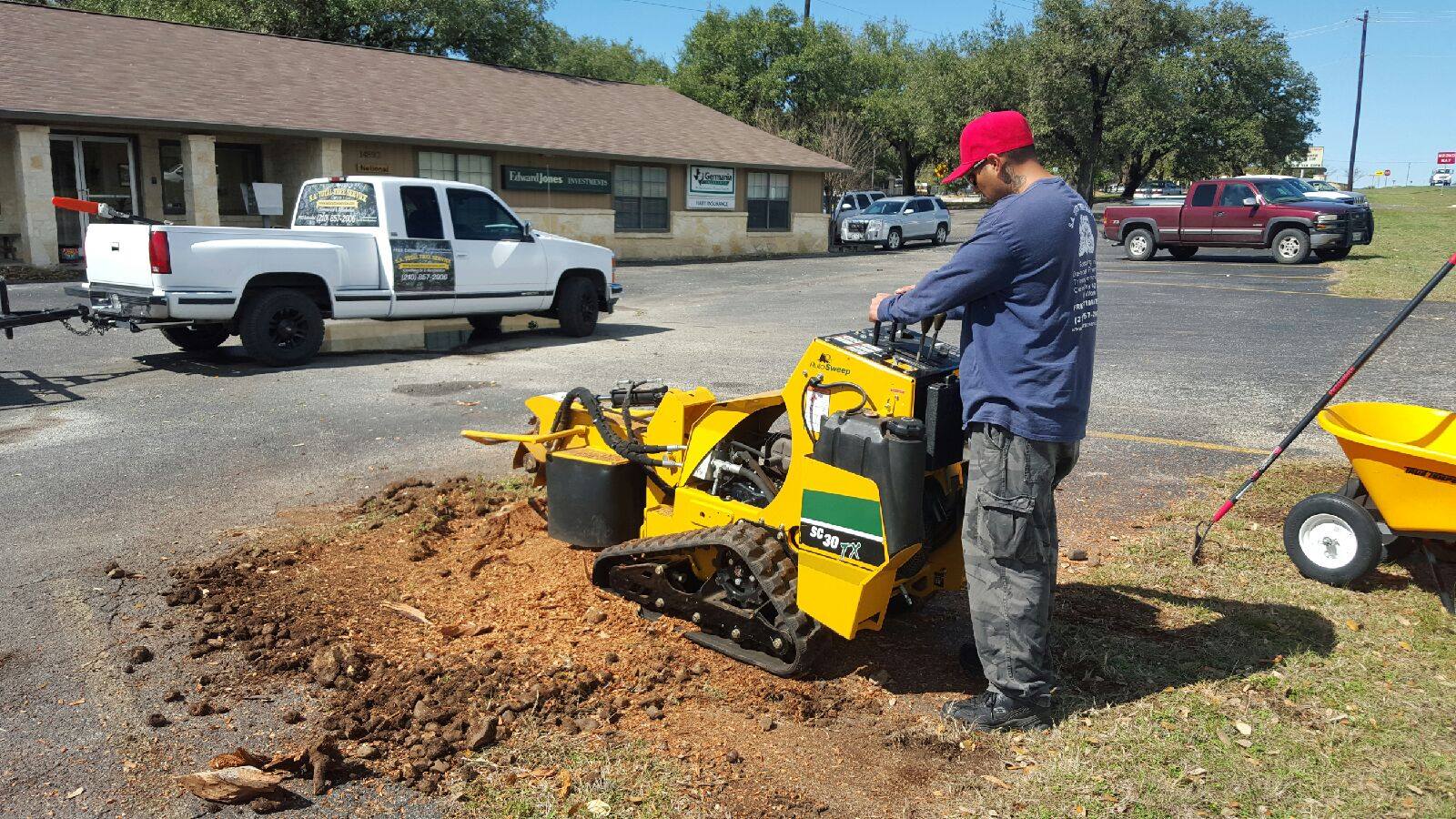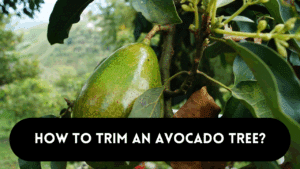In the realm of landscaping and property upkeep, managing overgrown trees and unkempt branches is a frequent difficulty. Removing tree limbs is essential to preserving your outdoor space’s safety and visual attractiveness. The details of this technique must be understood, regardless of gardening experience level. Together, we will dispel the myths surrounding the practice of tree limb removal and examine the subtleties that make it an essential ability for every landowner.
Why Removing Tree Limbs Is Important
Though visually appealing, tree limbs may provide significant risks if neglected. Overgrown branches may cause structural damage and put persons and property at risk. Tree branch removal becomes essential for general safety as well as aesthetics. Imagine those unstable branches swinging dangerously near to your roof on a windy day; it would be a tragedy waiting to happen.
The Needs: Prioritizing safety
Safety must come first before we get into the specifics of tree limb removal. Evaluate the tree’s height and condition, and always wear the proper protective gear. It is essential to have a strong ladder, gloves, and eye protection. Never forget that safety is the first priority and that you should never skimp on precautions.
Evaluating the Circumstance
Since each tree is different, the first step in successfully removing a tree limb is to evaluate the circumstances. Determine whether limbs are dangerous or in the way of the look you want. Take into account the tree’s general health; your main focus should be on unhealthy or dead branches.
The Pruning Art
Pruning is an art form that calls for both accuracy and a deep knowledge of the biology of trees. Start by cutting off any tiny, damaged, or dead limbs. To guarantee a smooth cut that encourages rapid healing, use clean, sharp equipment. This promotes the tree’s general health in addition to improving its look.
When to Get Help from Experts For Tree Limb Removal
Although doing things yourself is admirable, there are times when hiring an expert is necessary. It is a good idea to seek the advice of arborists if the tree is enormous, its limbs are at dangerous heights, or the work appears too difficult. They are equipped, knowledgeable, and capable of handling challenging tree limb removal situations.
Equipment Requirements
If you choose a hands-on method, it is important to have the appropriate instruments. The essential toolkit consists of a pruning saw, loppers, and pruning shears. Invest in top-notch equipment to increase productivity and security. To keep your tools functional, remember to periodically clean and sharpen them.
Tree Limb Removal Impact on the Environment
In today’s eco-conscious society, it is essential to comprehend the effects that tree limb removal has on the environment. Think about reusing the cut limbs for firewood or mulch. This reduces trash and gives your landscaping projects an environmentally friendly feel.
The Fallout: Taking Care of Your Tree
Although equally necessary, post-removal care is often disregarded. To keep illness and pests away, cover the cut areas with a protective layer. After the limb removal procedure, keep an eye on the tree’s health and development patterns to make sure it is still alive.
An Examine More Into Tree Species
Different methods for removing tree limbs are needed for different types of trees. Because deciduous trees, for instance, lose their leaves every year, it is more efficient to remove branches during the dormant season. Conversely, evergreen trees need to have their growth patterns and leaf density carefully considered. Knowing your tree’s unique requirements is essential to a successful limb removal plan.
The Prospects for Removing Tree Limbs
The tree limb removal is changing as we adopt more environmentally friendly methods and modern technology. Drones with sophisticated sensors that assess the health of trees, eco-friendly disposal techniques, and precise cutting instruments are all coming soon. In the years to come, the combination of environmental awareness and technology will completely change the way we handle tree maintenance.
FAQs
Is it possible to amputate limbs at any time of the year?
Pruning is best done during the dormant season, while certain tree species may withstand having limbs removed all year round. By doing this, the tree has less stress and heals more quickly.
What is the threshold for excessive limb amputation?
Achieving equilibrium is essential. Pruning should be done sparingly so as not to damage the tree, but just enough to solve safety issues and enhance appearance. Excessive trimming may cause growth retardation and make a plant more prone to disease.
What symptoms point to the necessity for tree limb removal?
Clearly visible signs include sick or dead limbs, abnormal growth patterns, and limbs endangering safety or structures. Potential risks may be avoided by proactive removal and regular inspections.
Can I do anything with the limbs that were removed?
Definitely! Think about recycling the cut limbs by using them for firewood or mulch. This reduces trash and offers environmentally friendly landscaping options for your projects.
Is expert assistance required while removing tree limbs?
Although many do-it-yourselfers remove branches with success, if you are inexperienced, have enormous trees, or encounter complicated conditions, you should hire a professional. Expertise and specialized equipment are brought by arborists, who also make sure the operation is completed securely and efficiently.
Conclusion
In summary, tree limb removal is a talent that integrates environmental awareness, safety, and beauty. It’s not simply a job. The secret is to recognise the special requirements of your tree and cultivate an all-encompassing approach to its maintenance, regardless of whether you decide to do it yourself or hire an expert. So grab your safety gear, roll up your sleeves, and let’s get started turning your outside area into a beautiful, safe refuge.




